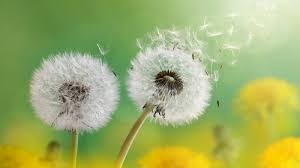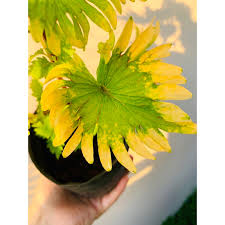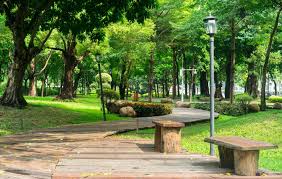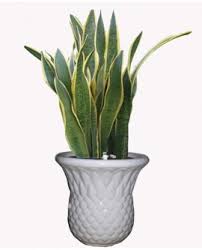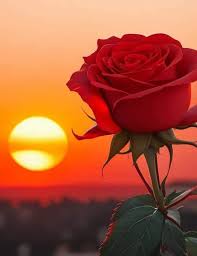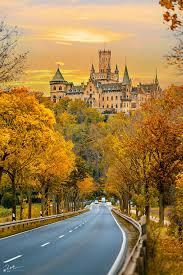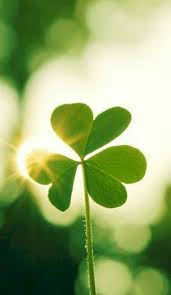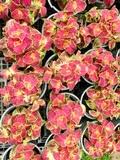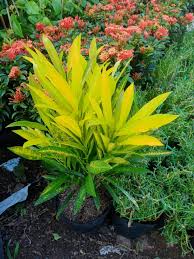Education of Princes and Princesses in Royal Palaces: Shaping Future Rulers
Throughout history, the education of princes and princesses within royal palaces has been a cornerstone of the political and cultural development of kingdoms and empires. Royal children were often educated in unique ways, reflecting the needs of their royal status, their future roles as rulers or consorts, and the expectations of their noble families. Education

